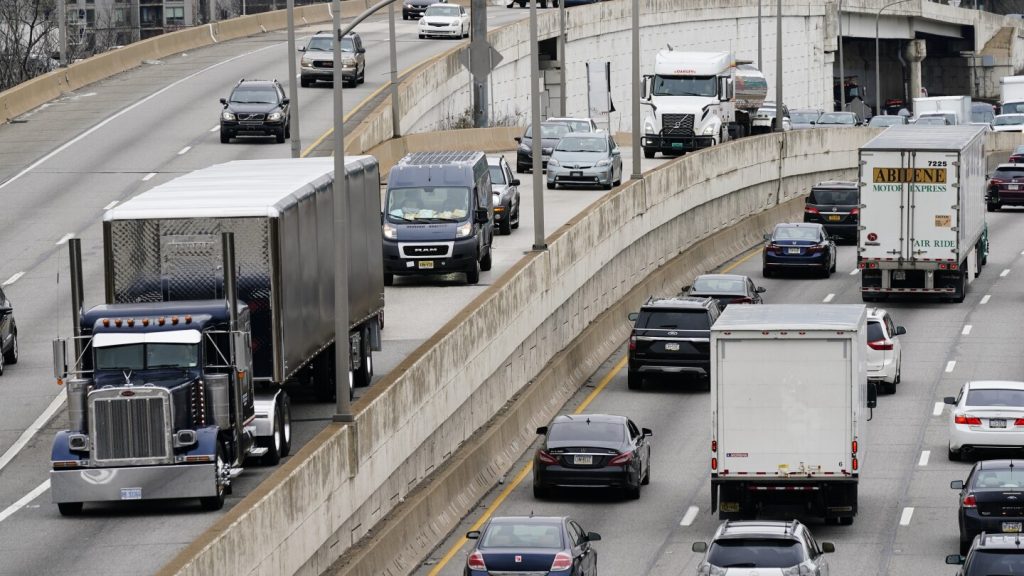The Environmental Protection Agency (EPA) has announced strict emissions standards for heavy-duty trucks, buses, and other large vehicles, aimed at reducing greenhouse gas emissions and improving air quality. The new rules, effective for model years 2027 through 2032, are expected to avoid up to 1 billion tons of emissions over the next three decades. This will provide $13 billion in net benefits by reducing hospital visits, lost work days, and deaths related to air pollution. The standards will particularly benefit the 72 million Americans living near freight routes used by these vehicles, who face a disproportionate burden of dangerous air pollution.
EPA Administrator Michael Regan emphasized the importance of reducing emissions from heavy-duty vehicles to improve air quality, lower pollution levels, and create safer communities. The new rules for heavy trucks and buses follow similar regulations announced for passenger vehicles the previous week. The auto industry will need to meet the new emissions limits by increasing the sales of electric vehicles (EVs) to at least 56% by 2032, along with a percentage of plug-in hybrids or other partially electric cars. The rules for trucks are more complex, with different sales projections based on vehicle type and use.
However, industry groups have expressed concerns about the feasibility of meeting these new standards with current EV technology. The American Trucking Associations and the Owner-Operator Independent Drivers Association have warned of potential supply chain failures if smaller independent firms are unable to comply with the rules. They argue that the post-2030 targets for zero-emission vehicle sales are unachievable and the regulations do not consider the operational realities of the trucking industry. The American Petroleum Institute and the American Fuel & Petrochemical Manufacturers also criticized the new rule, claiming it limits choices for consumers and discourages the development of alternative fuel-based technologies.
Despite industry pushback, the EPA stands by the new emissions standards, which aim to provide truck owners with a variety of powertrain options while achieving stringent environmental goals. The agency estimates that new trucks will save operators $3.5 billion in fuel and other costs from 2027 to 2032, paying for themselves within a few years. The regulations are expected to bring immediate health benefits to communities heavily impacted by truck emissions. The American Lung Association CEO hailed the standards as a critical step towards a zero-emission future for heavy-duty vehicles.
Former EPA official Margo Oge praised the new emissions limits as a significant step in fighting climate change and improving air quality. She highlighted the role of medium and heavy diesel trucks in contributing to smog, soot, and global warming, making the new standards crucial for environmental protection. The EPA’s efforts to set strict emissions standards for heavy-duty vehicles align with President Joe Biden’s commitment to tackling climate change and promoting environmental justice. The rules are expected to drive the industry towards sustainable growth while supporting U.S. manufacturing jobs in advanced vehicle technologies.


